Rare Rides Icons: The History of Stutz, Stop and Go Fast (Part XIV)

We return to our coverage of the reborn and neoclassically-focused Stutz Motor Company today, at a point of considerable change in the company’s model portfolio. “Portfolio” may be a bit generous, but for a few years the company did produce a handful of different models.
Since Stutz was relaunched in 1970 its main offering was the Blackhawk coupe, in both its original 1969 Pontiac Grand Prix basis and downsized B-body Pontiac Bonneville basis. But Stutz CEO James O’Donnell always wanted a true convertible in the Stutz lineup. That wish was finally realized with the Bearcat II.
O’Donnell first experimented with a convertible in the canceled d’Italia prototype, and then made a similar car a reality with the introduction of the 1979 Bearcat convertible. Like the contemporary Blackhawk, the new Bearcat was based on the old Grand Prix for exactly one year. Then it switched to become a B-body Bonneville like its coupe sibling.
Not a true convertible, the Bearcat bowed to US rollover regulation and had a fixed targa bar. It was a very expensive and very limited production vehicle, and it’s difficult to find videos or usable photos of the B-body Bearcat today. But it lived in its original format through circa 1986, when both Blackhawk and Bearcat production trickled into nothingness.
As we learned in our last entry, in 1987 the Bearcat made the jump to the F-body platform and shrunk even further as it became the most luxurious Pontiac Firebird ever made. A true Stutz convertible, O’Donnell’s topless dream was finally realized in the Bearcat II. But it also meant a new direction for what was now the company’s only offering.
And the direction was performance. By the mid-Eighties, the personal luxury coupe segment was on its downward slide. The big-block V8 was a thing of the past, and neoclassical styling was on its way out too. The Stutz customers from 1970 to 1975 who lived in Hollywood and lined up to order an insanely expensive Blackhawk had moved on (likely to European metal) or were dead.
The Bearcat II followed the styling of the B-body Blackhawk and Bearcat as best it could given its downsizing, regulation requirements, and the fact that it was a convertible and not a targa. At the front end, the proud chromed Stutz schnoz stuck out about as far as it did previously as an extension of the hood. Perched aside it were the quad freestanding headlamps and driving lamps. They persisted as one of the most notable features of the Stutz, and the most Exner-like aspect of the car that remained.
Given the placement of the indicator lenses, it seems Stutz carried over the old B-body Bearcat bumper onto the Bearcat II. In its new sportier application it lost half its chrome trim and was mostly black. It also had a longer cap on the corner that wrapped around the front fender and toward the wheel.
The overhang on the Bearcat II was more notable than its predecessor given the car’s shorter wheelbase, and the fact that the overhangs on a Firebird were not normally as extensive as those on a rear-drive Bonneville. For the first time on a Stutz coupe, the fender indicator lens migrated into the bumper.
In front of the grille, the double chrome hoops that connected the two sections of the bumper were turned into a more angular single bar. In the middle of the grille, the previously chromed vertical split was often gold on the Bearcat II.
Indeed gold was a new exterior theme for the II: The color appeared on the centers and wheel lugs of wheels that were now a color-matched lace design (or sometimes gold). Onlookers would spot them instantly as a painted Firebird Trans Am wheel, but the old Bearcat’s real wires wouldn’t have cut it on a sporty coupe in 1987.
A chrome trim strip along the body started exactly where it did on the old Bearcat, right beside the grille. It made its way around the hood and followed the driving lamp awnings that made up the fender. Then it flowed down the side of the body. In a revisit to the 1970 Blackhawk’s design, the trim strip lay atop a protruding character line (recall the B-body version was smooth).
At the rear wheel, the line kicked upward around the tire and still existed as an extension from the body. It followed around to a new rear end that was an amalgam of the first and second-generation Blackhawk. The six circular brake and indicator lamps carried over from the latter Blackhawk, but the spare tire returned to its exposed state and protruded from the back of the car like the original Exner design.
It was all a smaller scale, as the F-body was narrower than the B-body and required less of a cut-out for its smaller tire. Additionally, regulation required the CHMSL to stay where GM put it. Stutz got around this with the creation of a ridge above the trunk area, sort of like a porch step. This ridge faded into the leather tonneau cover for the top when it was stored away, and created a wedge shape behind the passengers.
Rear bumpers were a mirror image of those at the front, which helped for parts sharing. Other trim elements included the more formal and free-standing side mirrors from a C-body Cadillac Fleetwood and a thick chrome bar along the lower door sill. The chrome bar was only for style purposes and was as useful as the holdout chromed side exhausts. Said exhausts were capped on the Bearcat II with red to really show how pointless they were.
Inside, the F-body Bearcat II was not as distanced from its roots as the old B-body Bearcat and Blackhawk. For the first time, Stutz ditched its Seventies center console edit and went for the Coat Everything in Wood and Leather approach. The first step was a thick slathering of wood that replaced the cheap GM plastic of the Firebird. The wood trim was real and appeared to be a dark walnut. In the center of the dash was golden script that read “Stutz Blackhawk II,” but there was no longer an engraved ownership plate on the glove box lid.
Stutz removed the stepped look of the Firebird dash and created a smooth surface for the II, with a continuous piece of wood that ran across the cabin. Vents were circular instead of the squares on the Pontiac and ringed in gold. Gauges were backed in a white gold color but were otherwise Pontiac gauges.
The same went for the HVAC and stereo, which were standard GM fare with new light gold face plates on them. Wood trim continued over the center stack and around the center console. The console itself was trimmed in fine leather that extended up and around the perimeter of the dash. Those edits did make a difference, as the Firebird’s interior in 1987 was not all that hot. Thick wood slabs were inserted at the tops of the doors, and door panels were covered in extensively ruched leather.
Ruching continued onto the leather seats but was not as plentiful. Speaking of seating, the Bearcat II took after the OG early 1900s Bearcat and was a two-seater. The area behind the front seats was covered in color-matched leather to the rest of the interior. Not just a parcel shelf, Stutz added two pull-out drawers for storage. On the shelf area, two pieces of custom leather luggage rested on a finely grained stretch of leather.
The trunk of the Bearcat II was not exceptionally useful, as Stutz took the already small cargo area of a Firebird, added a trunk lid, and then used most of the space for the flamboyantly mounted spare tire. The limited space that remained was covered in thick shag carpeting that matched the car’s exterior rather than the interior.
So did the finally realized convertible turn the company’s fortunes around? No. As the Bearcat II entered production, the rest of the Stutz empire was on a steep downward decline. And by the time it went on sale the company had a new owner and a product portfolio of one vehicle. More on that next time.
[Images: Stutz, YouTube]

Interested in lots of cars and their various historical contexts. Started writing articles for TTAC in late 2016, when my first posts were QOTDs. From there I started a few new series like Rare Rides, Buy/Drive/Burn, Abandoned History, and most recently Rare Rides Icons. Operating from a home base in Cincinnati, Ohio, a relative auto journalist dead zone. Many of my articles are prompted by something I'll see on social media that sparks my interest and causes me to research. Finding articles and information from the early days of the internet and beyond that covers the little details lost to time: trim packages, color and wheel choices, interior fabrics. Beyond those, I'm fascinated by automotive industry experiments, both failures and successes. Lately I've taken an interest in AI, and generating "what if" type images for car models long dead. Reincarnating a modern Toyota Paseo, Lincoln Mark IX, or Isuzu Trooper through a text prompt is fun. Fun to post them on Twitter too, and watch people overreact. To that end, the social media I use most is Twitter, @CoreyLewis86. I also contribute pieces for Forbes Wheels and Forbes Home.
More by Corey Lewis
Latest Car Reviews
Read moreLatest Product Reviews
Read moreRecent Comments
- El scotto err not be an EV but to own an EV; too much training this week along the likes of what kind of tree would be if you were a tree? Sorry. Bring back the edit function.
- The Oracle Geesh, Stellantis can’t even perform the upkeep on that relic of a plant. Sad.
- The Oracle I see Tesla introducing disruptive charging technology within 3 years.
- The Oracle I can see into the future and I see fisticuffs and profanity-laced tirades coming to charging locations near ya’ll.
- El scotto Will ascots be discussed at the HOA meetings? Or Purdey shotguns?

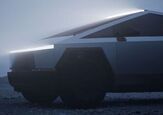

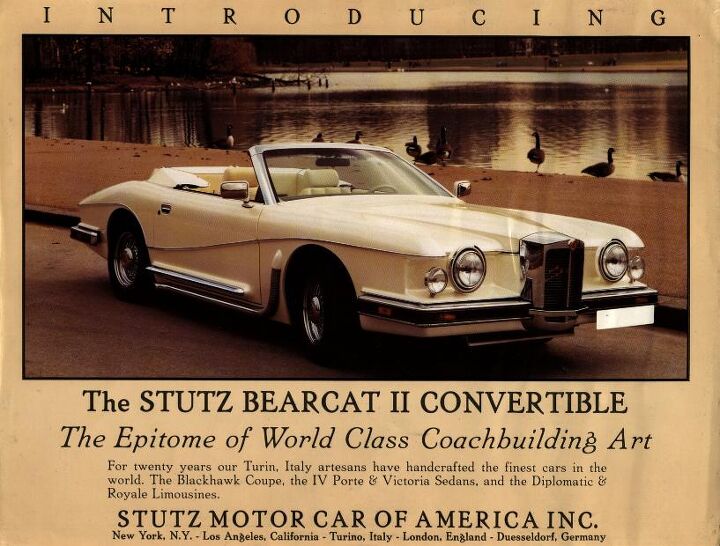

















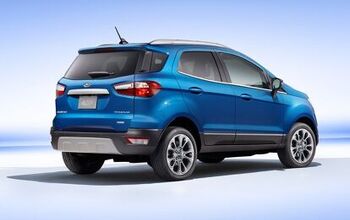
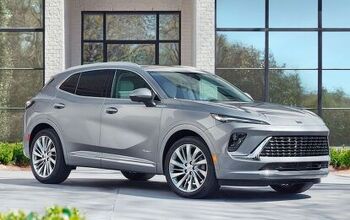

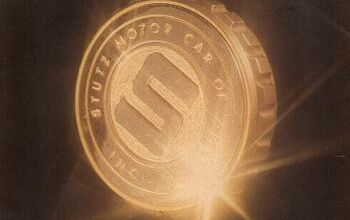
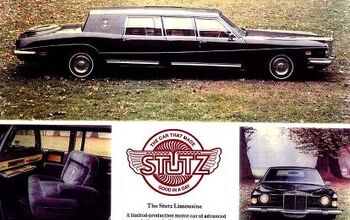
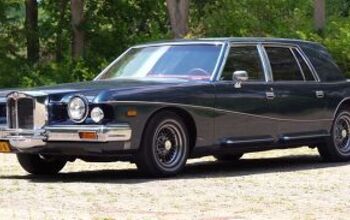
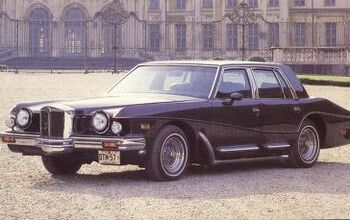
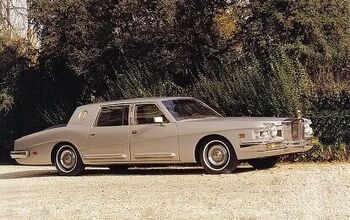
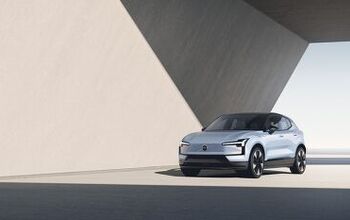

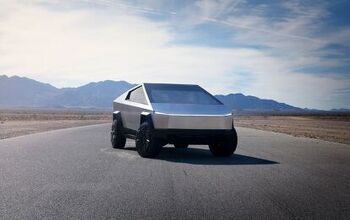
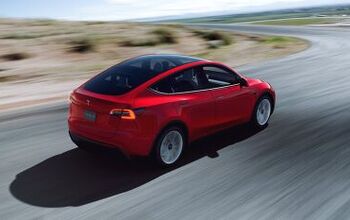
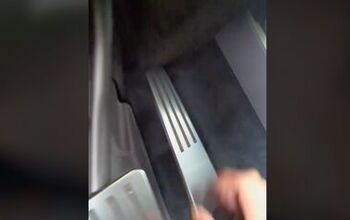


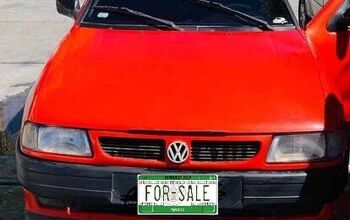
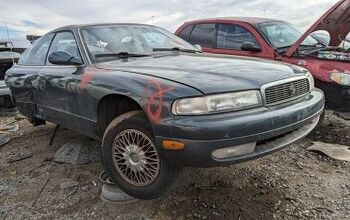
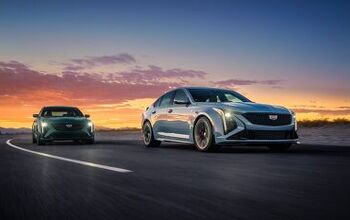
Comments
Join the conversation
Ridiculous car. But those red leather seats...
Best one of these I have seen was a fully chromed one (all body panels chromed) That said... articles about this car may have jumped the shark.